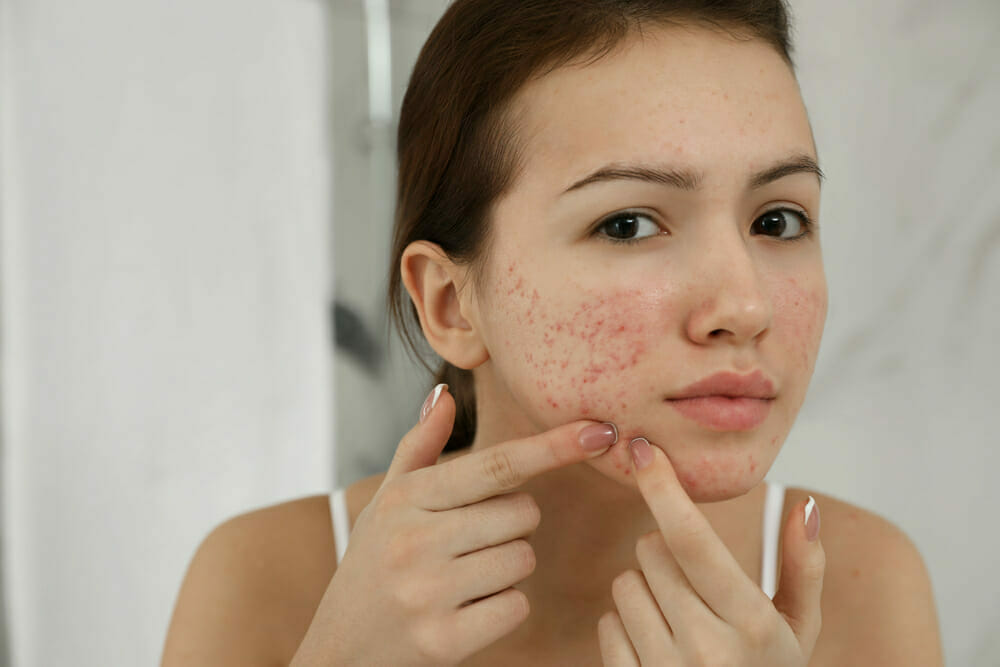
Acne scars go beyond skin deep. They can take its toll on one’s confidence and self-esteem.
Sure, you’ve heard experts say that to prevent acne from leaving their footprints behind, just don’t prick, pick, or peel them.
While that is good advice you should follow, some types of acne are stubborn and can lead to serious scarring.
You can completely cover those blemishes with products like Dermaflage Acne Scar Filler, a cosmetic that works like a miracle by filling and concealing recessed scars. Or you could try various options to get rid of them.
But first, let’s learn about different types of acne scars to determine which treatment is best for you.
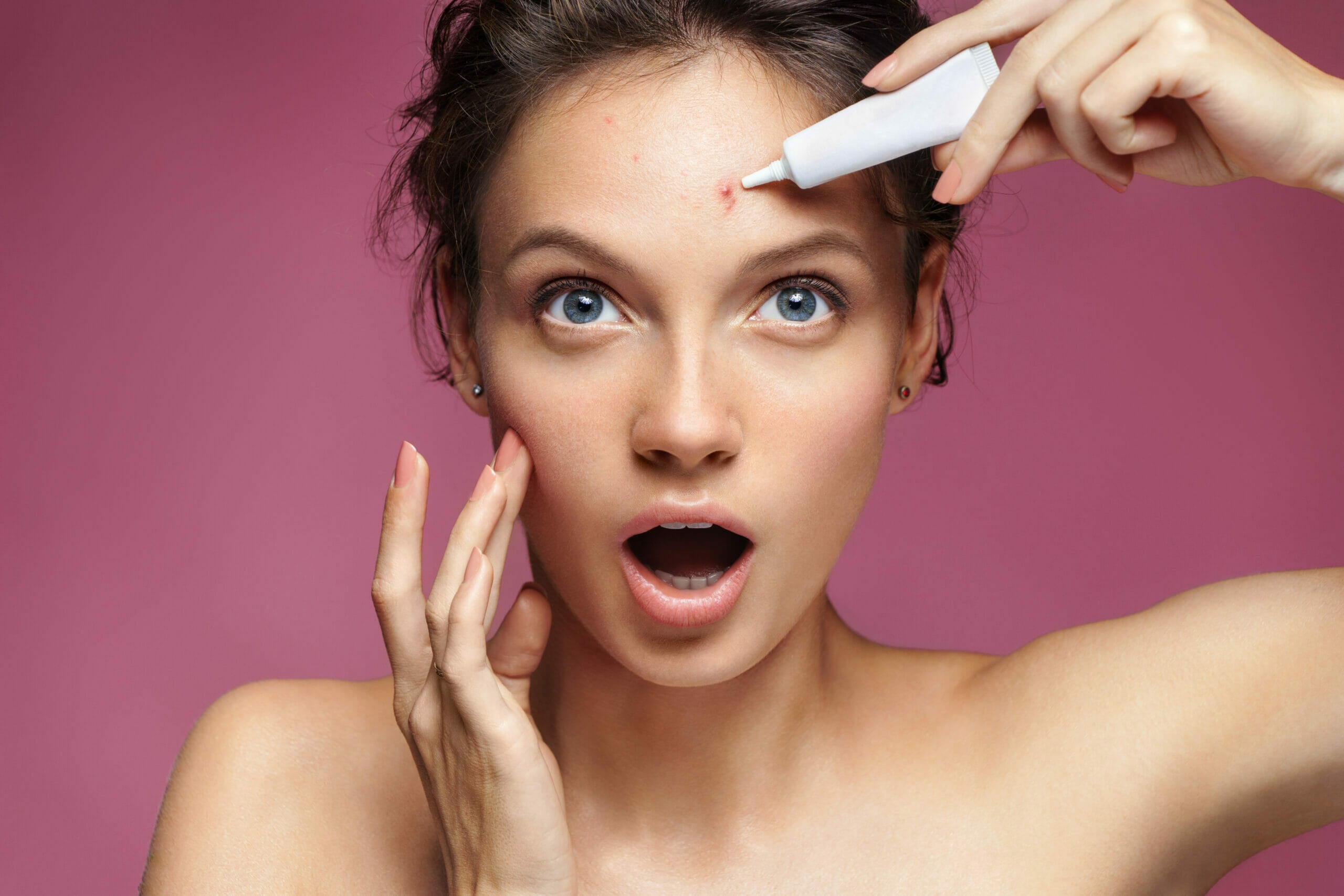
What Are Acne Scars?
Strictly speaking, acne is a lesion—a small opening in the skin that allows oil and bacteria to build up and clog up your pores. Upon healing, it can leave a scar, the seriousness of which depends on several factors:
- If it becomes inflamed
- The type of acne itself
- How your body responded to it
- Severity of the lesion
- The length of time you suffered from it
- Whether or not you picked at your pimples, blackheads, or whiteheads
While a pound of prevention is worth an ounce of cure, this can be easier said than done when it comes to types of acne scars, especially as so many factors come into play including one’s hormones and digestive system.

Do Acne Scars Go Away?
Like any other scar, superficial acne scars fade in time. However, deep scars require intervention. And because there are several types of acne scars, each one requires a different treatment to improve its appearance.
Mild acne scars are often easily treatable, usually through laser, chemical peels, or fillers. These treatments work by killing bacteria, unclogging pores, and stimulating skin cells to produce collagen and elastin.
Newer treatments include microneedling therapy and fractional lasers which shrink pores. For more severe acne scars that can’t be treated with those methods, doctors may turn to in-office procedures such as deep chemical peels and microdermabrasion.
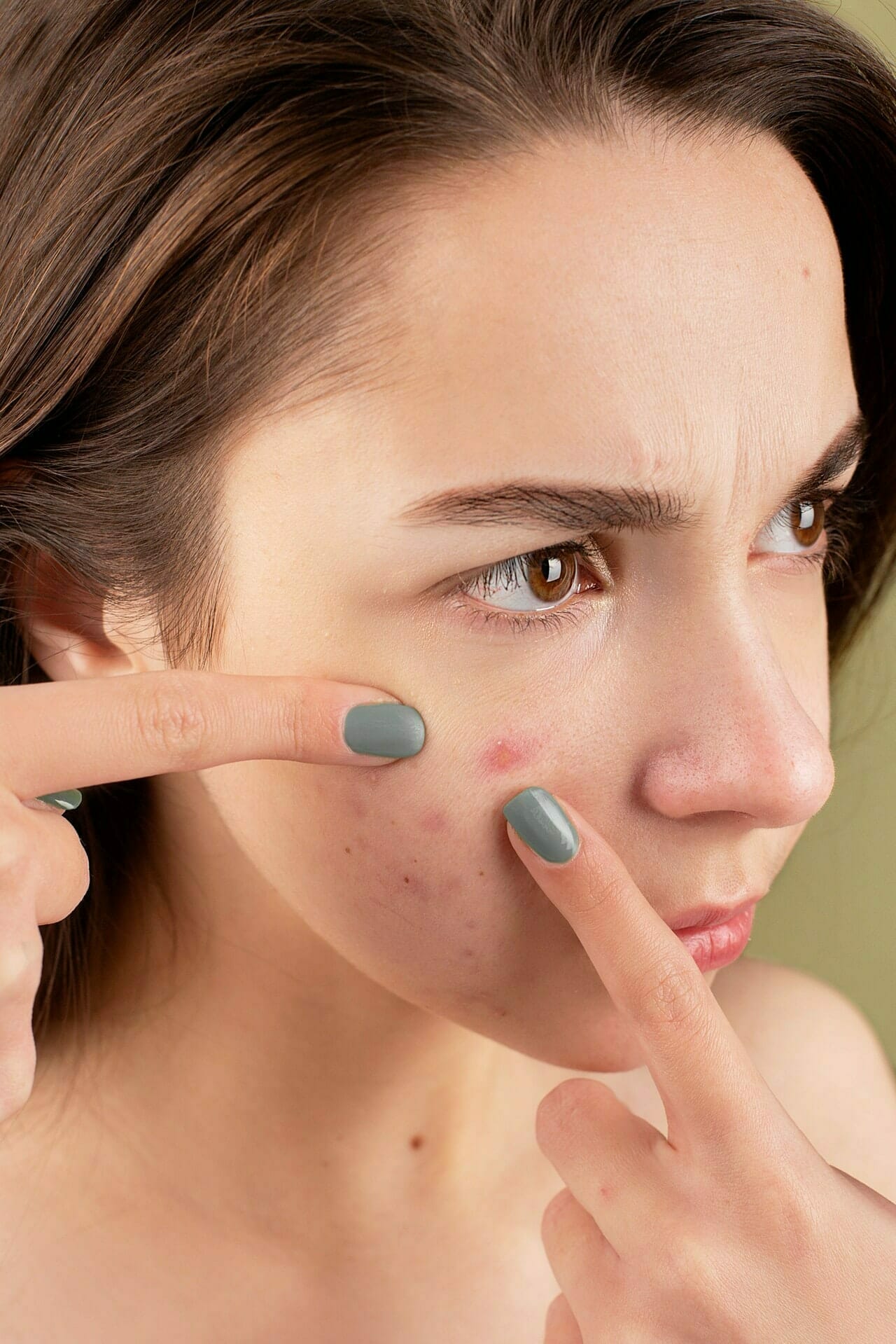
- Atrophic Acne Scars
The most common type of acne scar, atrophic scarring occurs when the skin heals with indentations and hollows. Scientifically named Secondary Anetoderma, they may also appear flat and thin.
Treatment Options:
- Skin needling
- Dermabrasion
- Soft tissue augmentation using collagen, gelatin matrix, hyaluronic acid, or fat implants
- Ablative fractional laser resurfacing
- Keloid or Hypertrophic Acne Scars
These thick, raised scars should be monitored carefully since they may become permanent if left untreated over an extended period of time.
Treatment Options:
- Topical steroids
- Steroid injections
- Skin needling
- Silicone gel dressings
- Cryotherapy or freezing treatment
- Surgery
- Erosion or Rolling Scars
In many cases, this type of scar will be broad, measuring up to 5 millimeters. They have a slightly sloping edge and contain soft tissue. Commonly found on parts of the face where the skin is thicker, like the jaw or the lower cheeks, rolling scars make the complexion appear wavy.
Mild rolling scars typically disappear within 3-6 months. More serious ones may need to be treated by a dermatologist.
Treatment Options:
- Exfoliating with a Derma Roller
- Microdermabrasion
- Chemical peels
- Laser resurfacing
- Fraxel laser treatment (for mild acne scars)
- Soft tissue augmentation with Restylane or Juvederm fillers
- Ice Pick Scars
This type is more common on Asian skin. Also known as tubular acne scars, ice pick scars are small, narrow, and classified as mild acne scars. They also have a small point at one end, hence the name. While not serious or painful, their diminutive size makes them difficult to treat using traditional acne scar treatment methods.
Treatment Options:
- Hyaluronic acid injections
- Dermabrasion
- Chemical peels with glycolic acid and trichloroacetic acid (TCA)
- Cryotherapy
- Fraxel or NeoLase laser treatment
- Thermage® Chemical Reduction (TCA CROSS)
- Punch skin grafting
With any type of ice pick scar treatment, you’ll likely need multiple procedures to achieve optimal results. And even then, results will vary depending on your body’s response.
- Boxcar Scars
Named after their boxlike appearance, boxcars are also considered as mild acne scars like ice pick scars. They are large, flat, or slightly raised irregular areas of skin with an indented or pitted appearance. Commonly found on cheeks and the forehead, they can also manifest anywhere on your face or body.
While boxcar scars can take months to years to heal, they usually fade and become less visible with time. Ice pick scars treatment methods are also applicable for boxcar acne scars.
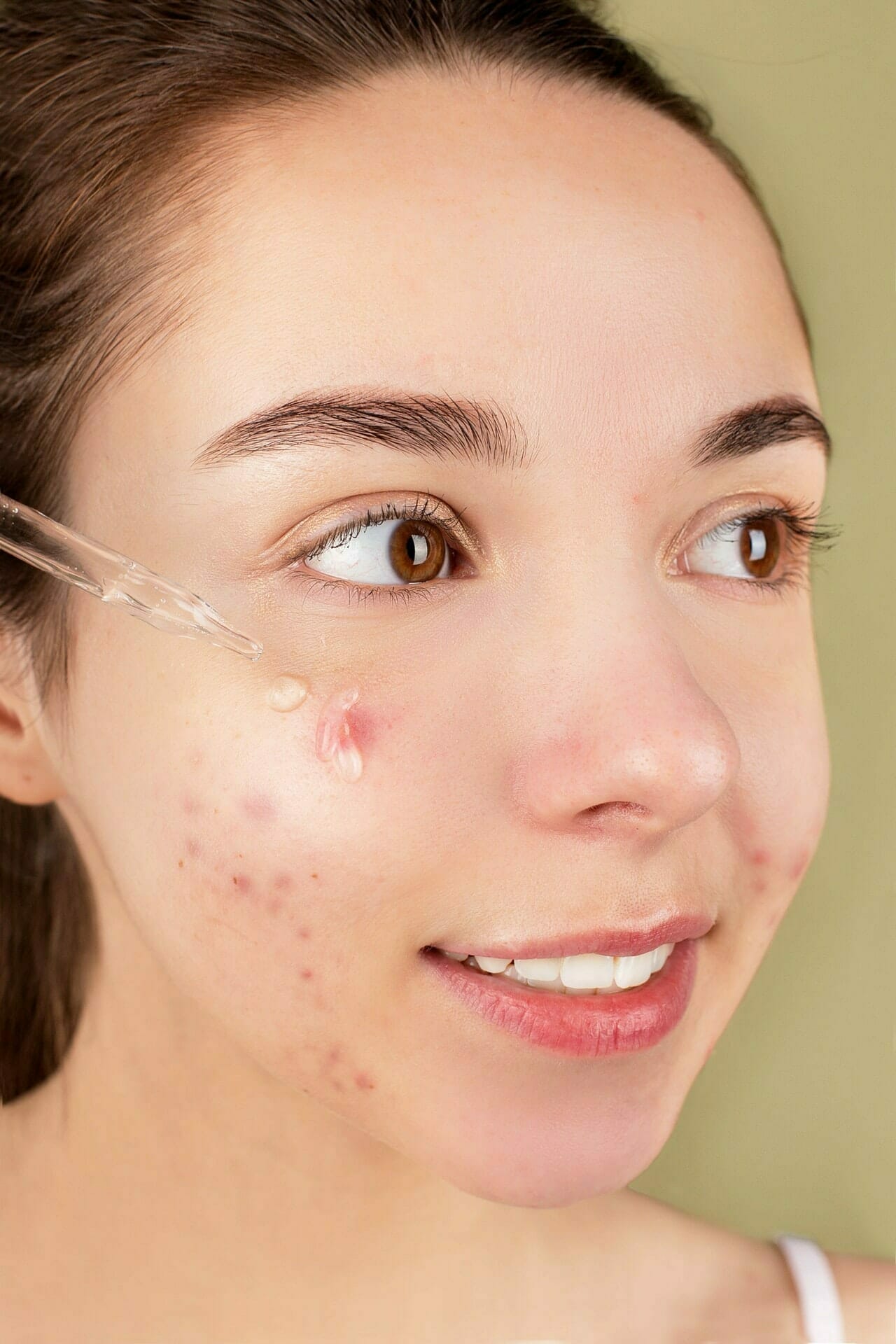
Can You Heal Acne Scars Naturally?
Unfortunately, it may not be possible to get completely rid of acne scars without undergoing some sort of surgery, whether minor or major. If you can’t afford it or if you just want a natural treatment, there are ways to help them fade.
However, keep in mind that some methods work better than others depending on your scarring and skin type.
ICE PACK TREATMENT
Think of it as your at-home DIY cryotherapy.
After cleaning your face, apply an ice pack to the affected area(s) for up to 10 minutes at a time throughout the day. Be sure to be gentle as pressing too hard may result in pain or tissue damage instead of relief. Always start out slowly and increase pressure gradually as needed.
EXFOLIATION WITH NATURAL OIL CLEANSERS
Exfoliation is a popular and natural method to heal acne scars. Natural oil cleansers are ideal because they remove dead skin cells without drying out your skin. That means you can treat other types of complexion problems at the same time, including dryness caused by overusing harsh chemicals.
Pro Tip: If you use topical acne medications in conjunction with one of these natural remedies for about six months, your results will be even more noticeable.
These products come in the form of ointments, moisturizers, toners, and retinoid creams. When used regularly, products containing glycolic acid effectively remove dead skin cells while also increasing collagen production. This helps reduce scar visibility while promoting healthier new cell growth.
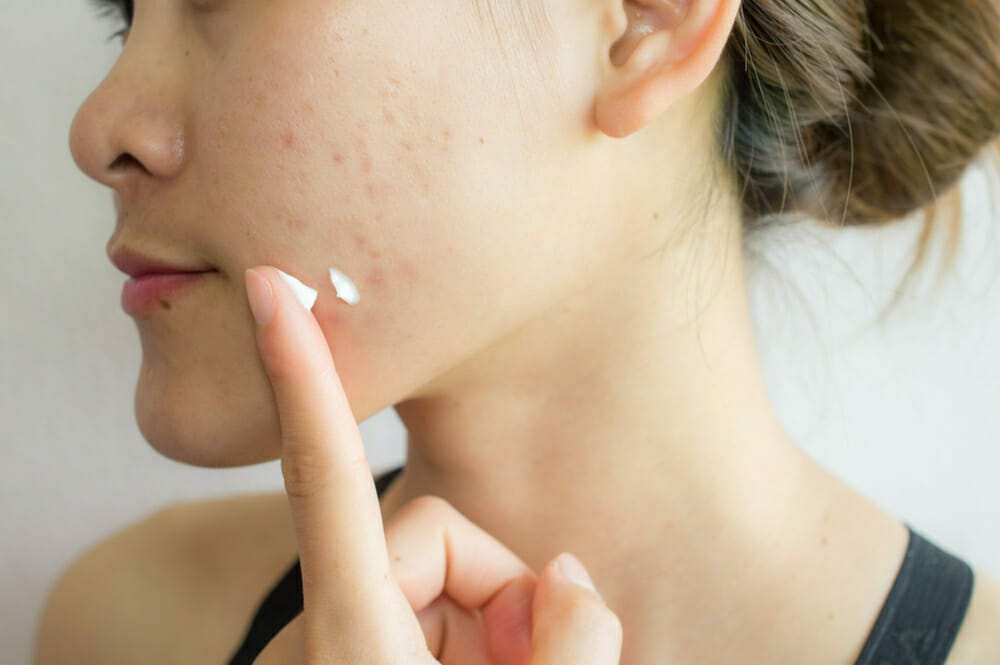
Final Thoughts
Acne, along with other skin conditions, is serious business. The lucky ones outgrow them unscathed, but others who’ve lived with acne understand that it can become a permanent part of one’s life.
Enduring the pain, itch, and embarrassment isn’t even the worst part. Dealing with the mementos they leave behind can be costly and time consuming.
Thankfully, a myriad of treatments are already available to us. The options we’ve listed above are all effective and their results are permanent.
However, if you’re still hesitant about any of the treatments or want to do more research first, try using alternatives like Dermaflage Acne Scar Filler, which are temporary, but more convenient and affordable options.

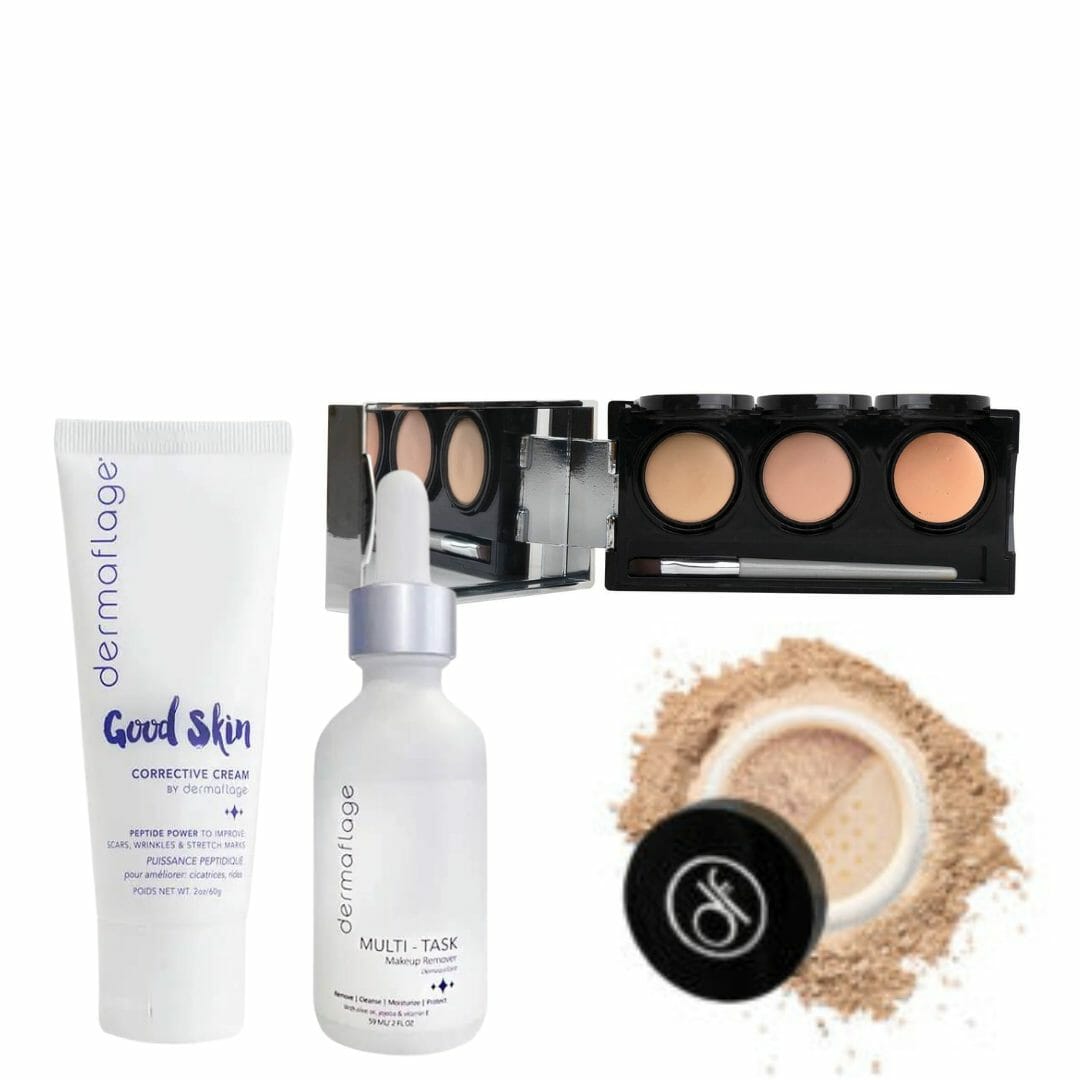
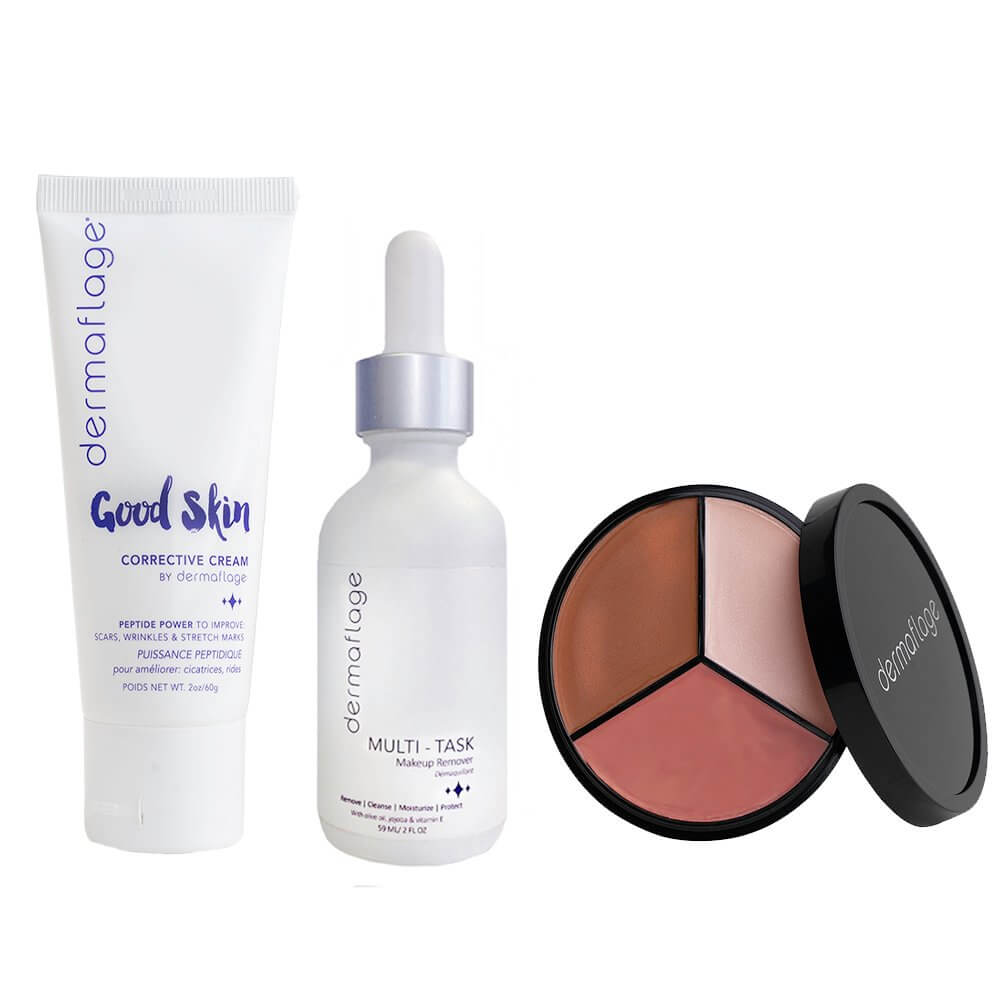

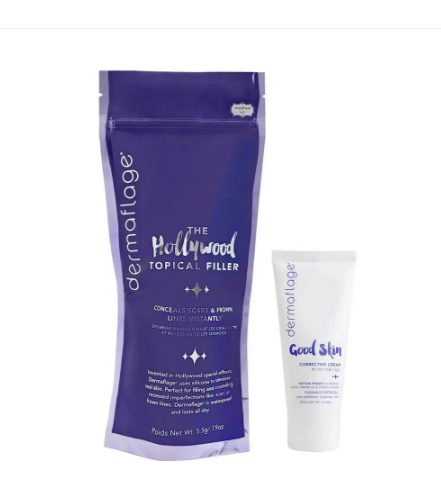


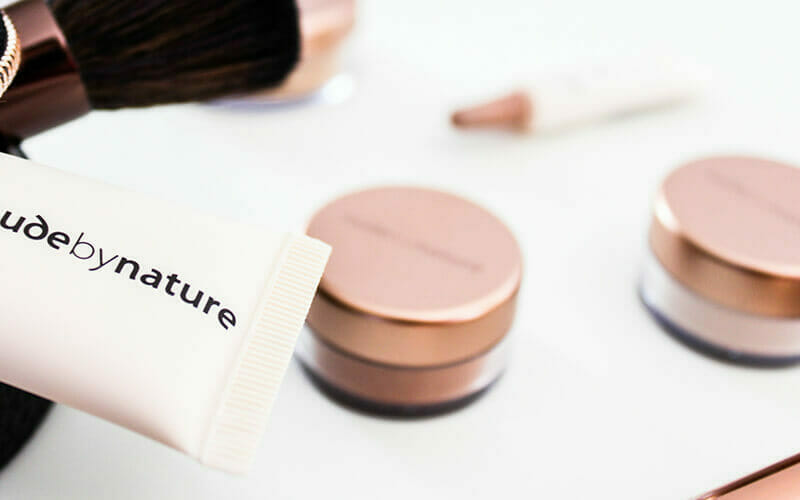




Leave a Reply
You must be logged in to post a comment.